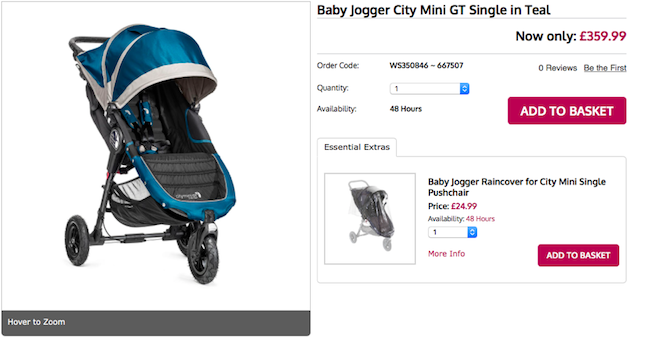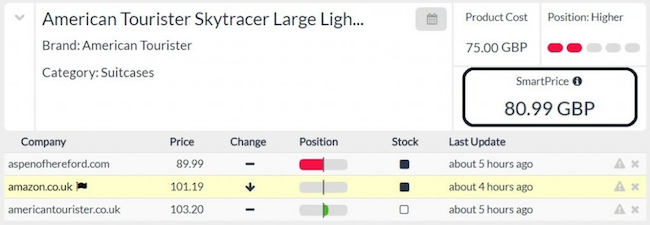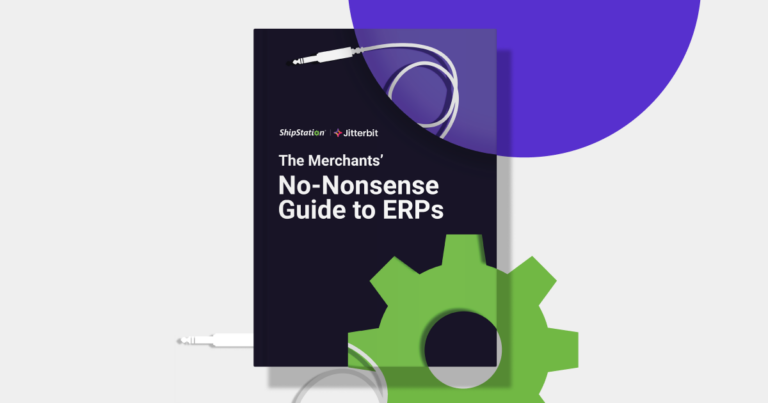How to Apply the Best Ecommerce Pricing Strategies

This blog was contributed by Mert Gençler, Inbound Marketing Manager at Prisync. Prisync is a provider of competitor price tracking and monitoring software.

Every online retailer wants to know the most suitable ecommerce pricing strategies. Because they recognize it’s a must for the success in the market. The ultimate pricing strategy enables you to boost your margins and not harm customers expectations.
Developing a pricing strategy for the first time may sound a little intimidating. But if you take the right approach, you’ll start seeing the benefits in your sales and profits.
Why Ecommerce Pricing Strategies Are Important
In brick-and-mortar retail, it’s easier for stores to create an experience that takes a shopper’s focus away from prices. For example, strategic product placements, decorations, and general atmosphere. Even the smell of the store can be a distraction.
When it comes to online shopping, the prices are more obvious. Ecommerce shoppers see the price as soon as they view the item name, image, and description. Thus, product pricing is more significant for online shoppers than an in-person shopper.
In a KPMG survey, 57% of shoppers said they were most likely to buy from the webstore with the lowest price. And Hawk Incentives found that 97% of consumers actively look for deals when shopping.
Price comparison engines are a useful tool for shoppers. With the help of price comparison engines, online shoppers can see 50 deals in five minutes.
This is why ecommerce retailers of all sizes must seriously focus on their pricing strategy. The proper pricing strategy can be an immense marketing enhancement and profit booster.
Now we’ll dive into a few different ecommerce pricing strategies. Take a look and see which best fits your business goals and needs.
Cost-Based Pricing Strategies
A cost-based pricing strategy is the most straightforward approach for your online shop. In this approach, you take the cost of the merchandise and then apply the profit margin you’ve targeted. For example, the cost of product “XYZ” is $50, and your target profit margin is 50%. Therefore, the final price of product “XYZ” should be $75.
For this example, the calculation is extremely easy. But you need to be aware of the risk of the oversimplification. You can’t only consider the amount you paid for the merchandise. You must calculate all expenses related to your merchandise. This includes the cost of manufacturing, marketing, delivery, and taxes, to name a few. If you ignore all other operational costs, it can prevent you from reaching your desired profit margins.
Knowing your costs true should be the very first action if you use cost-based pricing.
The other component of the cost-based pricing is your margins. Your specific goals and industry will help determine your margins. For example, if your vertical is luxury items, it is acceptable to set a higher margin. Shoppers looking for luxury items are not driven by price and are willing to pay more.
On the other hand, if you sell consumer electronics, this approach won’t work. In this vertical, price competition is more apparent and will force you to set smaller margins.
Competitive Pricing Strategies
Consumers assign immense importance to online prices. And they never stop comparing prices to find the most reasonable price in the market. Thus, being aware of price positioning in the market is mandatory. You need to gather price and market intelligence from your competitors.
Competitor price tracking tools can offer retailers this kind of market intelligence. This software enables you to detect every price change of your competitors. And with this information, you have a better understanding of where your prices rank. Then, you can optimize your own prices to be both profitable and competitive in the market.
Here’s an example:
Two different ecommerce retailers are selling the same Baby Jogger City Mini. The first retailer has set the price at £265.83, and retailer #2 is selling the same product for £359.99.
Retailer #1

Retailer #2

Because retailer #1 has visibility into its competitors’ prices, it can raise the price to £349.99. Retailer #1’s profit margin will increase, and the webstore will still be the most competitive in the market.
Competitive intelligence tools also enable you to track your competitors’ stock levels. When the software detects a competitor is out of stock on a popular item, you’ll receive a notification. Then you know it’s a perfect time to invest in ads and increase your prices as you’ll be the only seller of that specific item.
Dynamic Pricing Strategies
Applying dynamic pricing can boost the effect of competitive ecommerce pricing strategies. Dynamic pricing (also known as “smart pricing”) uses multidimensional analysis to ensure you always have the best price.
With dynamic pricing, ecommerce retailers automatically update their prices depending on certain rules. Retailers set these rules based on their costs and/or what their competition is doing. They can offer the right item at the best time and for the perfect price while maintaining their pricing policies. As a result, merchants can easily gain a competitive advantage and capture their desired margins.
To take advantage of dynamic pricing, retailers must invest in a competitive intelligence tool.
Here’s an example:
Your store sells an American Tourister Skytracer. Your pricing strategy for that product is to always be 10% lower than the cheapest competitor while keeping the profit margin 5%. In this situation, your rule would look like this:

Once the rule is set, your price for the American Tourister Skytracer will automatically adjust based on that criteria.

Consumer-Oriented Pricing Strategies
Regardless of the industry and market, customer-oriented strategies should be priority. To create a customer-centric strategy, you must answer these questions:
- What are my customer personas?
- What are the buying behaviors of my customers?
- Are my customers driven by logic or emotion?
- Are my customers price-sensitive or are they looking for premium prices?
- What is my company’s unique selling proposition?
- Do my products help my customers resolve their pain points?
- Do my products help increase the self-esteem of my customers?
- How does my customers’ perception of my products compare to their perception of my competitors?
- How can I influence the price perception of online shoppers?
By answering all these questions, you’ll have a great understanding about your customer profile. In turn, your pricing and marketing strategies will be more efficient and accurate.
If your customers are price-sensitive and/or deal-hunters, you must set more competitive prices. You should also offer attractive promotions and discounts.
If you sell premium merchandise, however, your persona might be less price-sensitive. In that scenario, keep up your prices at a high level and don’t offer huge discounts. Make your pricing communication complementary to the value of your products. And try to make customers feel special and valuable.
The Conclusion
Product pricing should be a core business strategy for ecommerce retailers. When you take a holistic approach and use the right technology, your strategy can be a game-changer.
Additionally, your product pricing should not be static. Your competition, industry, and the perceptions of your customers change rapidly. That’s why your ecommerce pricing strategies should be continuously optimized.
Do you have further online pricing ideas? Share your insight in comments section below!



